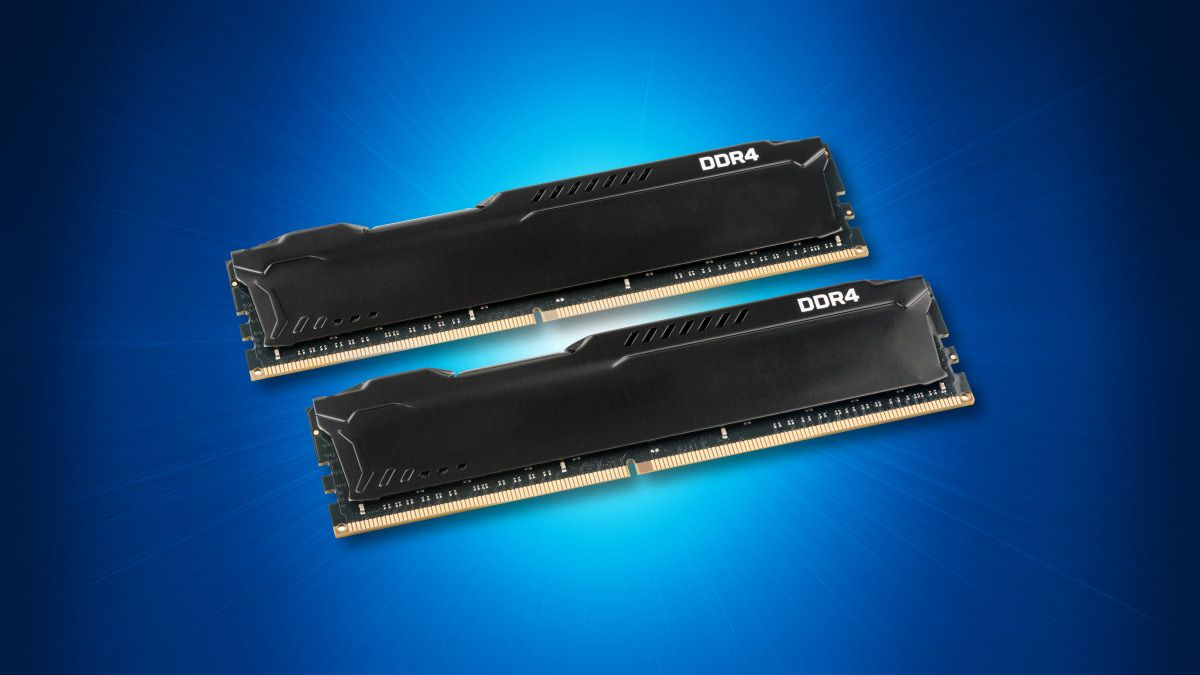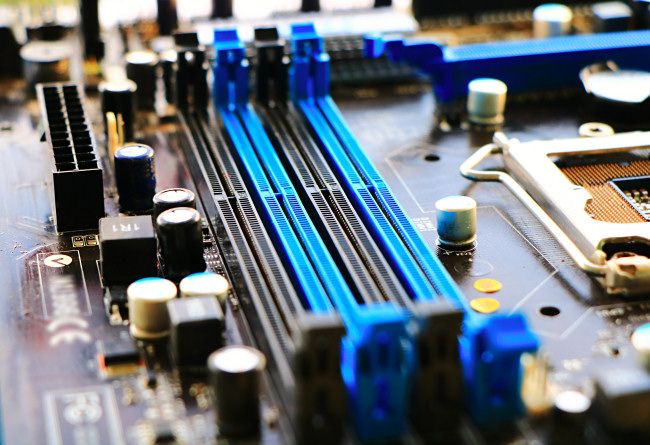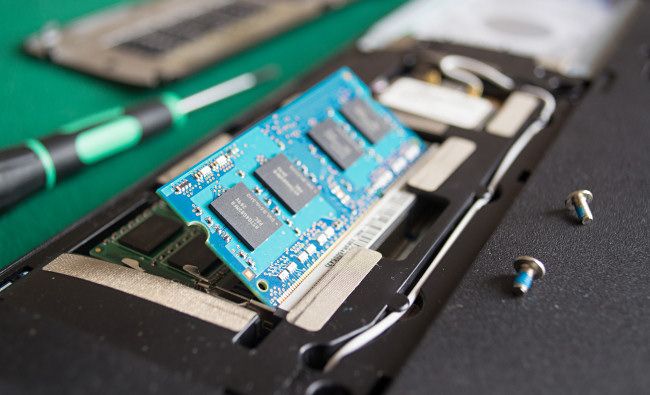Quick Links
Computer-building guides often tell you to run your PC's RAM in "dual-channel" mode. What exactly does that mean, and how does it benefit your system? Read on to find out.
What Is Dual-Channel?
To explain dual-channel memory, first, we need to explain what random access memory (or RAM) does. RAM is where recently accessed applications and files store short-term data. For example, if you have a web browser open on your device right now, the data for this website is being stored in the RAM modules. Therefore, having more RAM allows you to keep more applications open at the same time without things slowing down.
This data is accessed by your processing unit (or CPU) using memory channels. These memory channels are paths of communication that allow your computer to access the data that's temporarily stored on your RAM. Therefore, having more of these memory channels can make accessing this data faster.
Dual-channel memory is a technology that uses two memory channels to increase the rate of transfer between your computer's memory and the CPU. In dual-channel mode, two RAM sticks communicate simultaneously on separate channels to operate your computer and run programs significantly faster.
Therefore, running in dual-channel memory will provide a significant performance boost to your PC, regardless of the actual size of your RAM. For example, in most cases, two 4GB sticks of memory running in dual-channel mode will likely outperform a single 8GB stick of memory in single-channel mode.
Getting Dual-Channel Memory
Running in dual-channel mode is dependent on your computer's motherboard. To run in dual-channel mode, a motherboard needs to have two matching slots that support dual-channel mode together. Fortunately, most modern motherboards support this feature, with many even having helpful color-coding or enumeration to tell a PC builder where to insert the sticks.
If a motherboard has more than two slots, they usually come in dual-channel pairs. For example, a board with four slots will have two distinct pairs of dual-channel memory slots, which are often placed one slot away from each other. For more information on this, consult with your motherboard's manufacturer.
Dual-channel memory doesn't have much to do with the brand or type of RAM that you buy. It works with nearly all brands of recently made memory from most manufacturers. What's more important is that the memory sticks match each other in terms of capacity (number of GBs), speed, and latency, as they might not run optimally otherwise. To minimize confusion, companies that produce RAM will often sell them in kits of two identical sticks.
Quadruple-Channel Memory?
If dual-channel provides a performance upgrade, then running in more channels is even better. Sticks running in triple-channel and quadruple-channel memory provide noticeable performance upgrades over dual-channel. However, the difference might not be as dramatic as the increase from single to dual.
Currently, only a limited number of top-end CPUs and motherboards support triple- and quad-channel mode. To check whether your PC can benefit from quad-channel mode, consult with your device's manufacturer.
A Quick and Easy Upgrade for Laptops
Like desktops, laptops also benefit significantly from dual-channel memory. Nowadays, many laptops come with a single stick of memory but have a second RAM slot available for upgrading to dual-channel memory. If you feel like your device is slowing down when you have too many open programs, this can be a quick, affordable, and easy way to upgrade your laptop's performance significantly. Not only do you double the amount of memory, but you also get all the speed benefits of running in dual-channel.
Laptops often accept what's called a small outline dual in-line memory module or SODIMM. These sticks are much smaller than their desktop counterparts and come in many models and part types. Installing the stick is a straightforward process that involves removing the backplate, looking for the SODIMM slot, and inserting the stick. For more information, check out our guide on installing new memory.
To ensure compatibility, we suggest getting the exact same model, size, and speed of memory as the one in your laptop if you're upgrading it. If you're not sure what type of memory you have, read our guide on checking what the model of your RAM stick is. Alternatively, if the stick in your laptop is not soldered to the motherboard, you can also swap the stick already in your notebook and add two new sticks in its place.



